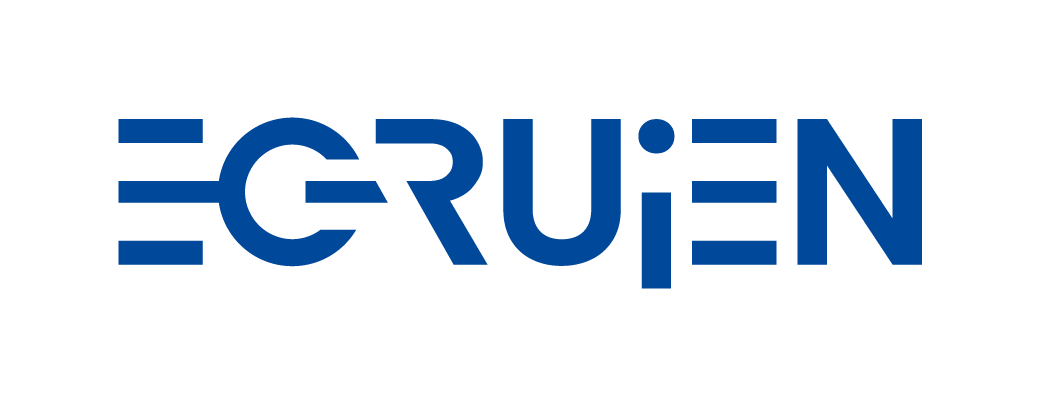National case studies: Case of Estonia
We present another country case study based on research findings – this time Estonia, a country widely recognized as one of the most advanced in terms of digitization of public services and e-government.
Kairit Kall and Eeva Kesküla from our Estonian team describes Estonia’s socio-economic transformation since the early 1990s, highlighting its shift to a liberalized, Western-oriented economy, marked by privatization, EU and NATO integration, and digitalization. While this brought strong GDP growth, foreign investment, and global recognition as a “digital nation,” it also deepened regional, ethnic, and other social inequalities. The report explores Estonia’s fragile labour relations system and stresses the tension between Estonia’s celebrated innovation narrative and the persistent inequalities and vulnerabilities left unresolved.
The report’s special focus is on Ida-Virumaa, a deindustrializing, Russian-speaking region struggling with unemployment, depopulation, and low wages. It is a region where Estonia’s energy sector - shaped by the reliance on carbon-intensive oil shale - is concentrated. Estonia's energy production is geographically, infrastructurally, and culturally tied to Russia due to its Soviet-era legacy. Furthermore, the persistence of monopolistic state-run mining and energy industries has preserved relatively powerful trade unions, unlike in most other economic sectors.
The taxi industry (on-demand transport) shifted from precarious self-employment under traditional firms to even looser arrangements with the entrance of ride-hailing platforms like Taxify (Bolt) and Uber, which left drivers responsible for taxes and often without social protections. Since the mid-2010s, these platforms have grown rapidly through aggressive pricing and deregulation, expanding into food delivery while undermining traditional taxi services. In 2017, the amendments to the Public Transport Act legalized ride-hailing and deregulated the taxi industry, including lowering entry barriers and declining professional standards. Collective resistance of drivers has been weak, partly due to the large supply of available drivers, a general perception of trade unions as weak, and the risk of being blocked by the app for speaking out or resisting.
Estonia’s automotive industry has been and has remained very small, and the country has not built up the complex, competitive manufacturing industries necessary, for example, to attract automotive FDI. The industry is dominated by a handful of SMEs producing vehicle components and by niche manufacturers of special vehicles. Unions exist in a few bigger suppliers, although research on their role has been relatively limited. One of the biggest and unionised actors has been AS Norma (owned by Autoliv, a Swedish automotive safety supplier), currently producing rolls, straps, locks, height regulators, and collision locking tongues, for example, for Volvo, Scania, Volkswagen.
After regaining independence, Estonia restructured its Soviet healthcare system into a Bismarck-style social health insurance model, with mandatory participation covering nearly all residents. Rising life expectancy, population decline, and costly medical advances have since strained financing, leading to long waiting times and debates over private insurance alternatives. Long-term care remains underdeveloped, characterised by families providing most support; limited nursing home availability, and informal platform-based care work. Despite challenges, healthcare stands out for its institutionalised social dialogue, with sector-level collective agreements and active unions, achieving tangible improvements for caregivers and nurses.


